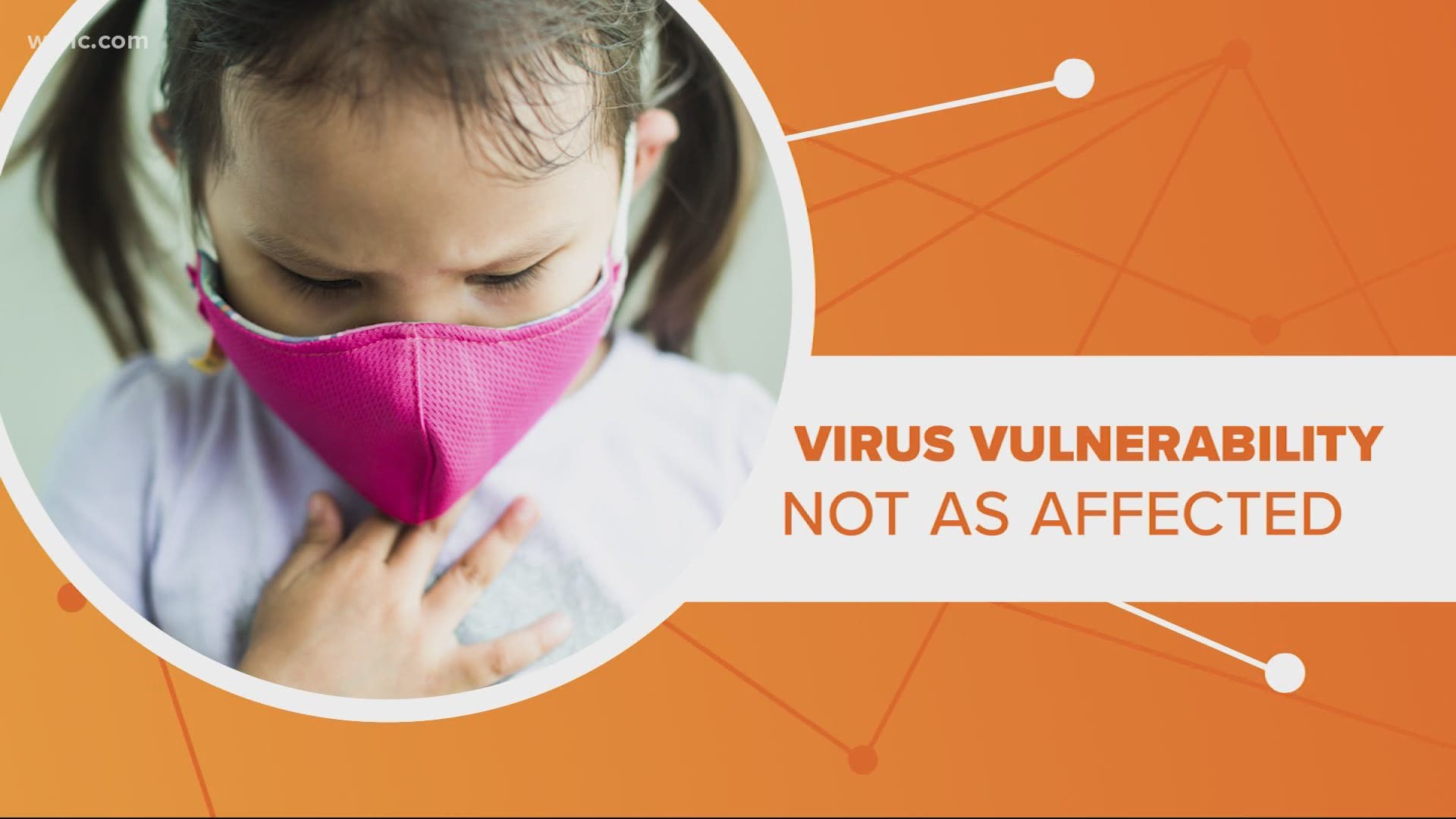WASHINGTON — A medical association that the White House has cited in its press to reopen schools is pushing back against President Donald Trump's repeated threats to cut federal funding if schools don't open this fall.
In a joint statement with national education unions and a superintendents group, the American Academy of Pediatrics on Friday said decisions should be made by health experts and local leaders. The groups argued that schools will need more money to reopen safely during the coronavirus pandemic and that cuts could ultimately harm students.
The statement comes at a time when schools across the nation are weighing decisions for the fall as Trump pushes them to reopen. Millions of parents are still waiting to hear if their children will be returning to school, but some of the nation’s largest districts have said students will be in the classroom only a few days a week.
“Public health agencies must make recommendations based on evidence, not politics,” the groups wrote in the statement. “Withholding funding from schools that do not open in person full-time would be a misguided approach, putting already financially strapped schools in an impossible position that would threaten the health of students and teachers."
Trump, however, repeated his threat on Friday, saying on Twitter that virtual learning has been “terrible” compared with in-person classes.
“Not even close! Schools must be open in the Fall. If not open, why would the Federal Government give Funding? It won’t!!!” he wrote. Trump issued a similar warning on Twitter on Wednesday, saying other nations had successfully opened schools and that a fall reopening is “important for the children and families. May cut off funding if not open!”
Trump has not said what funding he would withhold or under what authority. But White House spokeswoman Kayleigh McEnany has said the president wants to use future coronavirus relief funding as leverage. McEnany said Trump wants to “substantially bump up money for education” in the next relief package, but only for schools that reopen.
“He is looking at potentially redirecting that to make sure it goes to the student,” McEnany said at a Wednesday press briefing. She added that the funding would be “tied to the student and not to a district where schools are closed.”
Trump has been insistent that schools reopen despite growing coronavirus outbreaks in parts of the U.S. The White House hosted a summit on the topic on Tuesday, gathering health and education leaders who said students should return to the classroom this fall to continue their academics and to regain access to meal programs and mental health services.
Among those at the event was Dr. Sally Goza, president of the American Academy of Pediatrics, who called for schools to open.
“Being away from peers, teachers, and school services has lasting effects for children,” Goza said at the roundtable. “Although this will not be easy, pediatricians strongly advocate that we start with the goal of having students physically present in school this fall.”
Her comments echoed guidelines issued by the group in June, which said time away from school can lead to social isolation and make it harder for schools to identify learning deficits, child abuse, depression and other problems.
Vice President Mike Pence, Education Secretary Betsy DeVos and McEnany have repeatedly, and as recently as Wednesday, cited the American Academy of Pediatrics in defense of Trump’s approach.
But Friday's statement acknowledged that it may be best for some schools to stay online. School leaders, health experts, teachers and parents should be at the center of reopening decisions, the groups said, “taking into account the spread of COVID-19 in their communities and the capacities of school districts to adapt safety protocols to make in-person learning safe and feasible."
“For instance, schools in areas with high levels of COVID-19 community spread should not be compelled to reopen against the judgment of local experts," the statement said. “A one-size-fits-all approach is not appropriate for return to school decisions.”
New York City's public school district, the nation's largest, said students will be in classrooms two or three times a week and learn remotely in between. DeVos has opposed that kind of approach, saying it fails students and taxpayers.

